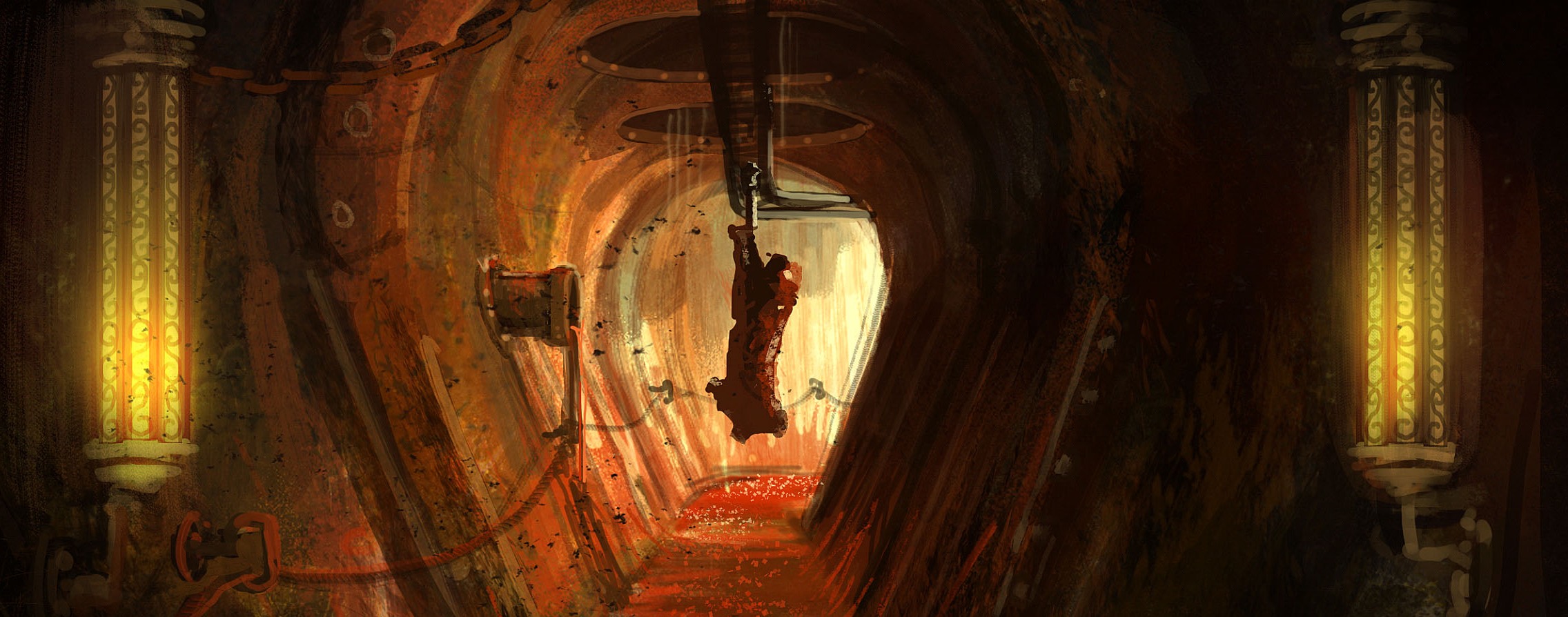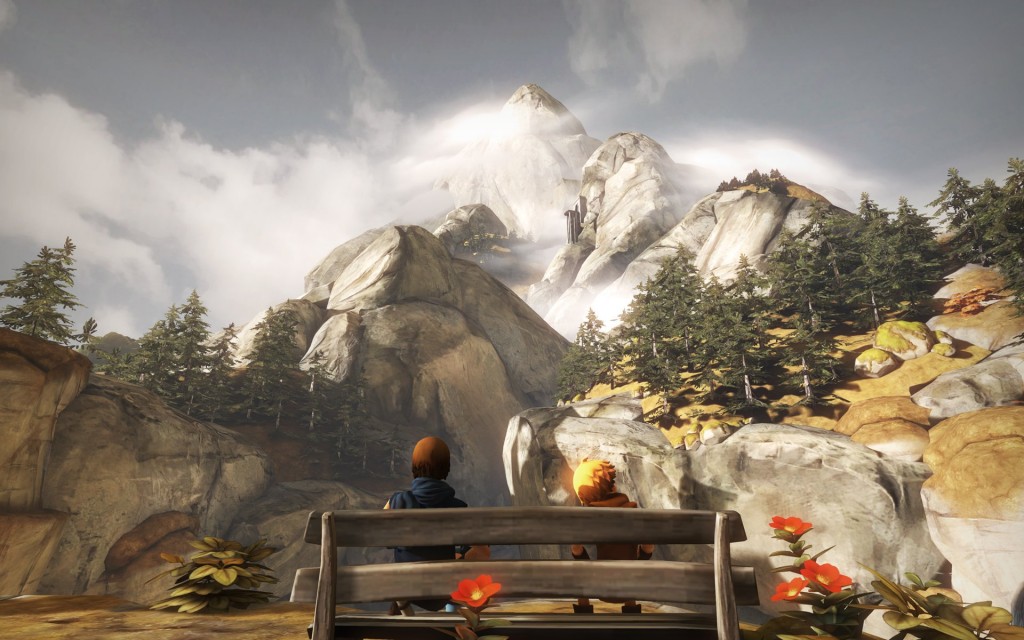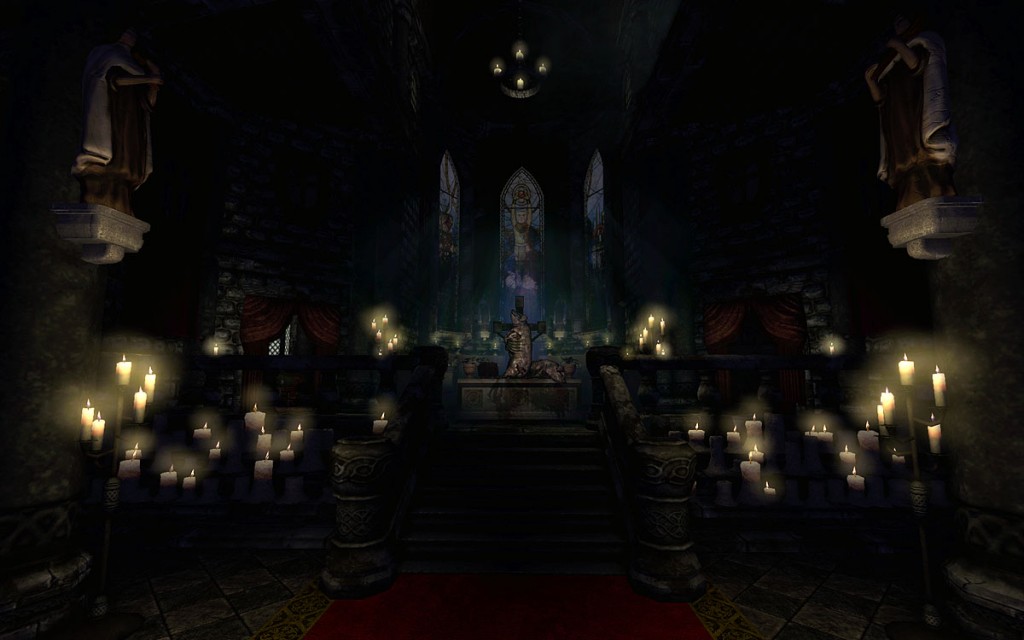It’s easy to get swept up in the hype of the next generation. With new home consoles being released so soon, the focus of the gaming community is going to once again be on shiny graphics and “next-gen experiences.” We should not forget that some of the most creative and original video games this year have come from independent publishers – and at a fraction of the price of your average AAA release. So put away your copy of GTA V, stop watching the trailer for Killzone: Shadow Fall for the hundredth time, and take a look at some of these indie releases of the past year.
Gone Home
One of the more interesting indie releases this summer was Gone Home, an exploration-heavy adventure title made by the environmental design team of Bioshock 2. The game is set in the nineties, with the plot revolving around a young woman returning home after a long trip to Europe. Upon her return, she discovers that her family is missing. It is up to her to discover what happened during her absence by searching through the empty mansion.
Combat aside, the game clearly takes some influence from the Bioshock series in that the story is told solely through the environment. There are some audio diary entries from the protagonist’s sister, but the story is mostly conveyed through small objects and details. This is a fantastic experiment in narrative. What makes it interesting is that it could only have been achieved through an interactive medium. A pillow fort surrounded by empty pizza boxes, a writer’s desk covered in post-it notes and unfinished novel drafts, and torn, tear-stained love letters imply a lot more about the characters than a regular cut-scene.
The main problem with the story is the central plot. Attention: spoilerphobes may wish skip this paragraph, as part of the magic of the game is discovering for yourself what happens in the house. It is admirable that the developers chose to deal with LGBT themes within the narrative. However, despite the overall ambition of the plot, it is full of clichés and poor writing. Some of the diary entries are cringe-worthy and sound like something out of a young adult novel. Thankfully, the sub-plots are written a little better, probably because they lack voice-overs. The father’s struggle with writer’s block and acceptance from his parents was a particular stand-out for me.
Overall, Gone Home is a flawed experiment that introduces a fantastic new method of story-telling into a still young medium. It is a shame that the story is not told as well as it should be.
Brothers: A Tale of Two Sons
The oddly-named Brothers: A Tale of Two Sons is another interesting experiment in video game narrative. Developed in collaboration with the Swedish director Josef Fares, Brothers tells the story of two brothers who set out to find a cure for their dying father. The visuals are gorgeous. The whole production has the atmosphere of a distinctly European flavoured fairy-tale. Much like the Brothers Grimm stories it is inspired by, the story quickly takes a dark turn, resulting in some breathtakingly morbid set-pieces that would be a crime to spoil.
The main thing that sets Brothers apart from other games is its unorthodox control scheme – each brother is controlled with a separate analog stick, with the triggers representing context-sensitive actions. The meat of the gameplay could only be described as “single player co-op.” The player must solve a series of puzzles by combining the abilities of both brothers. At first, the control scheme is quite awkward, and the puzzles only mildly taxing. However, the ending justifies putting the player through this gauntlet by seamlessly merging story and gameplay. Without spoiling anything, the ending is a moment of sheer brilliance, a set-piece that could only work in a video game. It takes lessons learned from games like Braid and 999 and brings interactive narrative to a new level. In years to come, the epilogue to Brothers will surely be viewed by many as a breakthrough in the medium.
Amnesia: A Machine For Pigs
Amnesia: A Machine For Pigs is probably the most controversial indie release of the year. The sequel to the fan-favourite horror The Dark Descent, Machine for Pigs is a new story set in the same world. For the second game in the series, the original developers (Frictional Games) outsourced production to The Chinese Room, the creators of slow-paced exploration game Dear Esther. TCR definitely brought their own influence to Machine by stripping away a lot of elements that fans loved about the original game. The item management, the sanity system, and the open level design are all gone. What remains is a different take on the same style of Lovecraftian horror that made the first game special.
Personally, I thought the changes were for the best. While retaining the general turn of the century atmosphere, TCR changed the first game’s visceral horror to a more disturbing, psychological one. In the original, the player was terrified of the creatures chasing him. In the new instalment, the player is terrified of the horrific implications of the story. While the game gets a little too ambitious and abstract towards the end, with an attempt to make a political statement, it’s impossible to deny the terrifying, oppressive imagery. One of the best environments featured an empty church with a crucifix made of pig carcasses on the altar. Even when the overall direction of the story gets a little out there, the terrific writing and brooding soundtrack make the game a memorable experience.
Despite the dominance of AAA titles in today’s video game market, it would be wise not to forget new independent releases, as this is where much of the creativity lies. A clever game mechanic, a different way of telling a story, an ambitious take on an existing franchise – these are all examples that current big name publishers could learn from. With the way Sony and Microsoft are embracing indie titles in the wake of the new generation, it looks like the future of video games is about to get a lot brighter.









